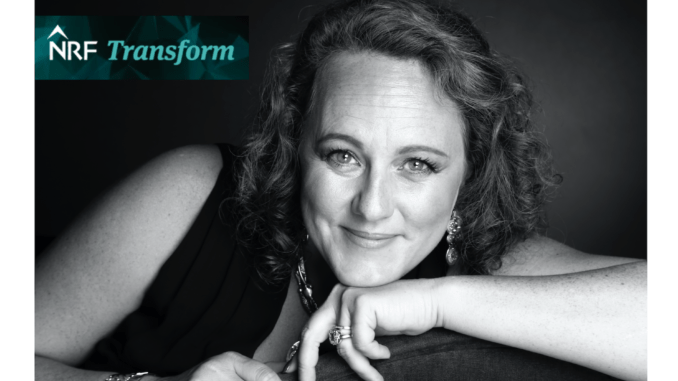
Every few hours someone, somewhere demands that lawyers must change (including this site), they need to adopt GenAI, rethink workflows, use new business models….yet, it’s also a fact, as Stephanie Hamon at Norton Rose Fulbright’s Transform group knows well, that ‘most lawyers are not trained in change management’, nor do they automatically know what to do with GenAI.
Lawyers are trained to be good at lawyering, not to do large-scale systemic process change, nor how to suddenly start wielding a Large Language Model to drive efficiency. And that’s a challenge and an opportunity for Hamon, who is Head of Legal Operations Consulting at NRF.
One could argue that the constant drumbeat demanding change has never been louder, and with the arrival of GenAI never more urgent. But, as Hamon told Artificial Lawyer, many GCs don’t have the skillset to drive this change.
‘It’s a very interesting time,’ she said. ‘There is a spectrum of sophistication [inhouse]. Some clients are just getting their house in order, such as improving document management. On the other end of the spectrum it’s all about GenAI.’
‘They realise that change is happening to them now, even if they do not want to drive it,’ she added.
AL asked which GCs fit into the ‘we’re driving it and we know where we are going’ group?
‘The pioneers all have something in common. They all have a strategic vision of the GC’s role in the legal function and these pioneers can be found in different places and sectors and team sizes. The common driver is that they all want to have efficient inhouse teams and want to be front runners in the conversation,’ she added.
Then there’s another group, who want to respond, but perhaps are overwhelmed by the demands that suddenly arrive from the top.
‘Some GCs have been told to invest in GenAI’, she noted and added that they often do not know what to do with that command from the C-suite.
Worse still, there has been ‘so much noise about GenAI, GCs feel they should understand, but they do not know, yet they feel they can’t raise the question any more’. I.e. the conversation has moved on already and yet they don’t really understand what an LLM is, how it works, or even why they should use such tech. Meanwhile, things keep moving ahead…..
What is the solution?
‘We have to offer basic education,’ said Hamon, who has a team within Transform to help with consulting needs of inhouse legal teams, which in turn can draw on a much wider group of experts at the firm across legal tech and project management.
‘GCs need a place to demystify things, and not just AI, but legal ops also. There are a lot of things that are not clear still. For example, people talk about matter management when they really mean intake.’ They also get confused about what CLM platforms actually can do for them. And so it goes.
Hamon and team have now started doing ‘problem definition workshops’ where the goal is to remove the confusion and help inhouse lawyers to understand the changing landscape – and its sometimes impenetrable terminology.
As Hamon noted, there are plenty of proactive GCs doing great work in terms of modernising their teams and how they work with the wider business. But, many other GCs don’t have a strategy. And it’s hard to have a strategy to change things when one doesn’t feel like you’re on top of what actually needs to change, or the key elements that are part of this new landscape.
Or, put it this way: you can’t have an ‘AI strategy’ – whatever that actually is…..when you don’t really get how an LLM works, or how it applies to different aspects of legal work. You can’t really get the most out of CLM if the economic reasoning behind having it and at least some internal cost data is not present.
If the dominant goal is always: defend the company at all costs and crush all risks, and that has worked in the past, how do you move beyond that, or rather have that still at the core of the role, but to expand into attaining other outcomes that are perhaps not always ‘do-or-die’ legal needs?
That said, Hamon is keen to stress that GCs are in the same boat as many others and that ultimately the inhouse world ‘needs a trigger to prompt change’.
Well, we can say that the trigger has arrived in the shape of GenAI. The question now is how many GCs will be able to rise to the challenge and ride this wave in a positive way that leaves the inhouse function transformed? (And then, how many will delay change for as long as they can because all this AI and legal ops stuff looks too strange, too unwieldy to do?)
Either way, Hamon and team are there to help. They are certainly going to be busy.